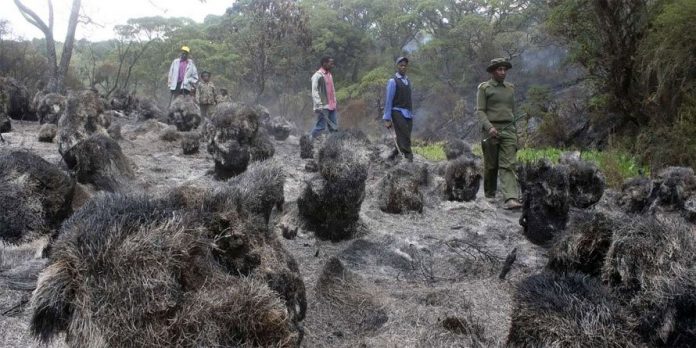By Gabriel Rugalema and Susan Mugwe
According to the World Bank data, in 2015 Kenya’s forest area was 44,130 km2 or 4,413,000 hectares. Currently, we are losing 50,000 hectares of forest each year through deforestation primarily due to the emergence of an expanding affluent society that wants to dine on steak, drive cars, recline on comfortable seats, live in elegant houses and consume fresh fruits and vegetables. To meet this demand, commercial agriculture for products such as livestock, horticulture, timber and rubber are increasingly encroaching on forest lands.
This translates to a loss of 1.13 percent forest cover annually and amounts to a loss of Sh 1.9 billion every year (Kenya Forestry Services(KFS) – Kenya Open Portal Data). If all factors hold constant, and if we do nothing to reverse it, Kenya shall be a complete desert in 113 years.
Why should we care about a declining forest cover?
One tree can supply oxygen for up to four people on earth per day and absorb more than 21 kg of carbon dioxide per year. Trees serve as natural sponges, collecting rainfall and filtering sediments and other pollutants from the water in the soil before it reaches a water source. It then releases it slowly into streams and rivers.
Global projections indicate that the demand for water will increase by 2050, and more than 55 percent will be towards manufacturing, electricity generation and domestic use. This will leave 240 million people without access to fresh drinking water, and another 1.4 billion people without access to sanitation…read more>>



